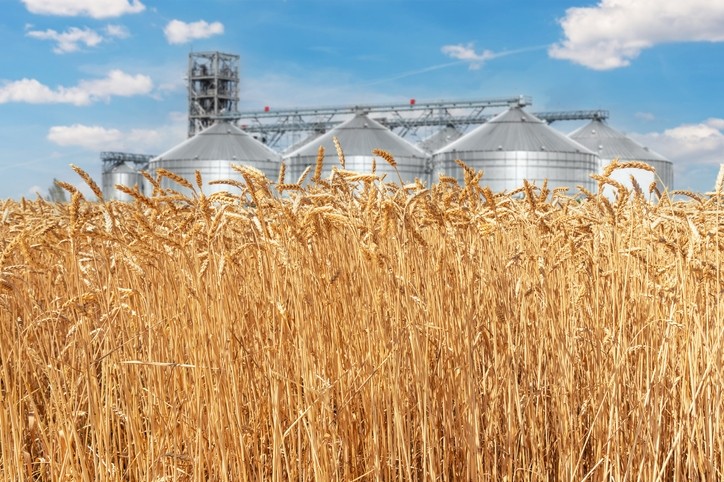Oilseed and grain markets: Spotlight on Russian wheat export curbs

The world's second largest wheat exporter, after the EU, stole the limelight, particularly for wheat.
Russian officials announced that they were planning to bring forward the imposition of an export quota to January rather than mid-February, due to soaring internal wheat and flour prices, reported the CRM Agri team.
The size of the quota is yet to be determined. The move could increase international demand for EU wheat.
“Constrained supplies have caused global wheat prices to surge above $8/bu in an attempt to curb strong demand, widening the price premium of wheat to corn in an attempt to offload some of this demand to corn,” said the analysts, in a round-up of the week’s developments.
“The fact remains that amidst soaring global food price inflation and logistical bottle necks, both importers and exporters will continue to be more cautious than usual this season, events such as the Arab spring and Egyptian food riots are still fresh in the minds of those in power.”
Longer term, markets are beginning to focus on availabilities next season, said the UK-based oilseed and grain market specialists.
The conundrum remains the impact high input prices will have on next seasons production and whether grain and oilseeds prices at current levels will provide enough incentive to global producers as production costs rise rapidly, they stressed.
“We currently forecast that soybean production will benefit to the detriment of corn due to such elevated fertilizer prices,” said the CRM Agri team.
Oilseeds
And should the globally elevated gas market be sustained into 2022, the US soybean area is likely to be further incentivized and exceed the current conservative estimates for a marginal increase in area, said those analysts.
Meanwhile, the rapeseed market is facing very tight supply.
Looking to South America market dynamics, in an oilseeds market review, released on Thursday, the CRM Agri team expectations are for a long term, well supplied Brazilian market.
“Although La Niña is again in effect, rainfall in Mato Grosso during October has been in line with average, adding to yield confidence. Production estimates are continuing to point to a 144Mt Brazilian soybean crop, a new record.”
After what has been a record breaking year, global vegetable oil markets are showing signs of easing as supply outlooks continue to improve, they said.
“With a forecast recovery in US soybean supplies, and confidence inspiring Brazilian production outlooks, soybean supply expectations are now weighing on vegetable oil prices.
“Additionally, long term views for rapeseed/canola production and supply for 2022/23 adds further weight for a long term recovery in global vegetable oil supplies.”













